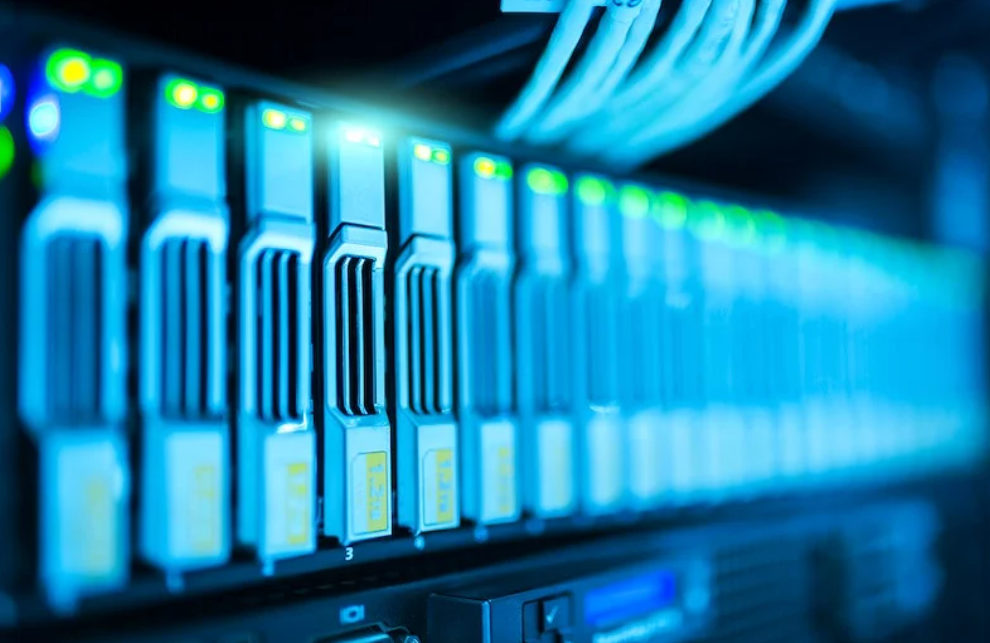What is Edge computing? is better than cloud?
Edge computing is a transformative technology that carries computation and data storage that are closer to the source of data like sensors, devices, and also users. This minimize latency, improve efficiency, and address that linked with cloud computing.
Edge computing process data locally and also near the source of generation than relying on a centralized data cloud. By changing some of the computing tasks to edge computing, it reduce dependence on cloud based systems.
Key Features:
- Reduce Latency: Edge computing minimize the time to process data by reducing the physical distance that travels. This is useful for many applications like autonomous vehicles, gaming and in health monitoring
- Improve Efficiency: By processing and filters data locally, edge computing only transmit necessary information to centralized system.
- Increased Privacy and security: By edge computing, sensitive data can processed locally that reduce exposure of private information during transmission to cloud.
- Reliability: With local data processing, edge computing checks that the system can be operated independently, also in network outage.
- Cost saving: By reducing the data sent to cloud, business can save data transfer cost and cloud storage.
Challenges and limitation:
- Complexity in development: Edge computing involve in deploy, manage and security of distributed infrastructure. That is more complex compared to cloud computing.
- Limited processing Power: Edge devices have less computational power as compared to cloud servers, which may limits the ability to handles complex tasks.
- Security tasks: As edge computing minimize the data structure risks but edge devices are not high vulnerable to physical secure and victims to cyberattacks more easily.

Applications:
- Interact of Things (IoT): Edge computing is integrated to IoT systems that enables devices like smart thermostats, cameras and industrial sensors to process data.
- Healthcare: Edge computing support real time patient monitoring that enables faster responses in emergencies.
- Smart Cities: The applications like traffic managements and waste management that relying on edge computing for data processing.
Comprising with cloud computing:
| Aspects | Edge Computing | Cloud computing |
| Latency | Low | High |
| Data storage | Decentralized | Centralized |
| Scalability | Limited | High |
| Cost Efficiency | Save bandwidth costs | High for extensive data transfer |
Future Trends:
- 5G: It combine edge computing with 5G networks to increase data speed and efficiency
- Ai: Ai models like ChatGPT deploy on edge devices for intelligent decision without cloud dependent.
- Green-Computing: It utilizes edge computing for energy processing and reducing the carbon footprints of data.
Conclusion:
Edge computing is a powerful point to cloud computing, address latency and data privacy. With its present challenges like its complexity and security risk but its application is used in healthcare, autonomous vehicles and IoT. As present technology is become advance day by day, edge computing also expected to more modified and useful in digital age.








One Comment